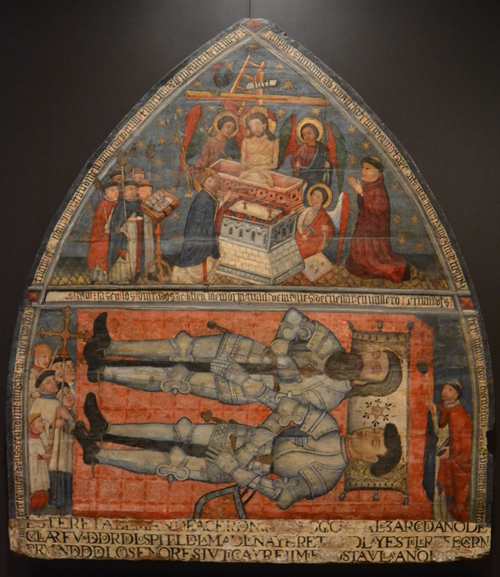Medieval Marvels at the Museo Arqueológico Nacional, Madrid
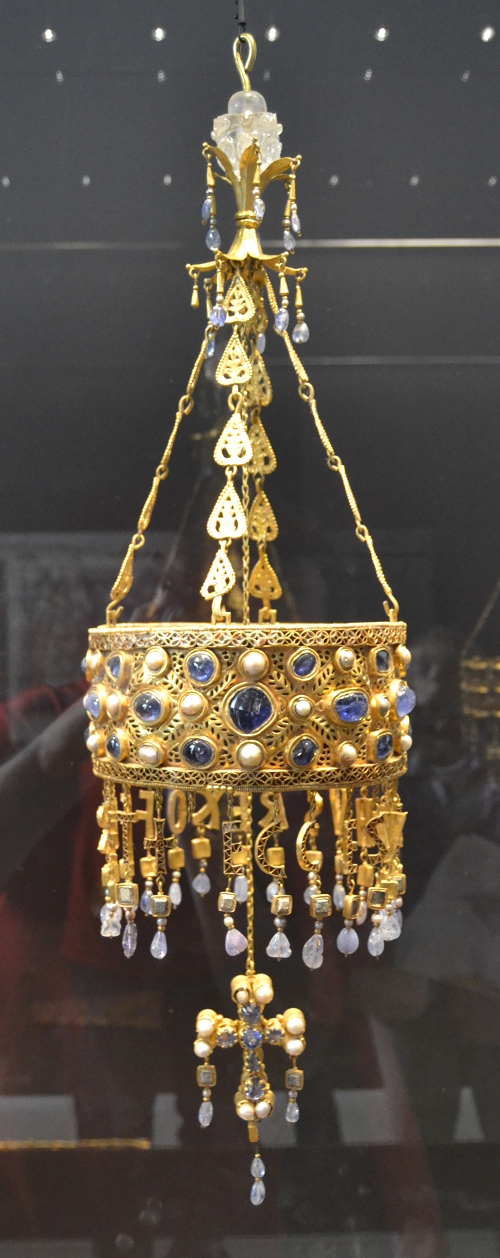
In previous posts, I’ve been exploring the newly renovated Museo Arqueológico Nacional in Madrid. We’ve looked at the museum’s Celtiberian and Roman collections, and now let’s see the museum’s other great collection, that of the medieval period.
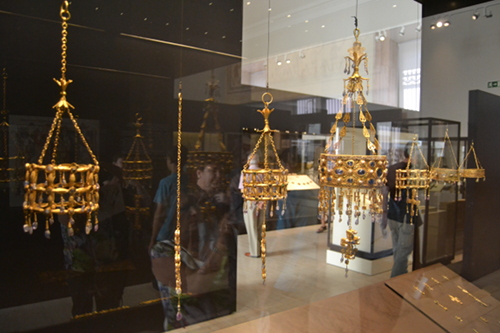
The collection is especially strong in Visigothic art. The Visigoths ruled Spain from 475 to 711, when they were defeated by the Umayyid Muslims. During this time, they developed a distinctive artistic style that borrowed from Classical and Byzantine influences. Several Visigothic hoards have been uncovered in Spain and many of these treasures are now on display.
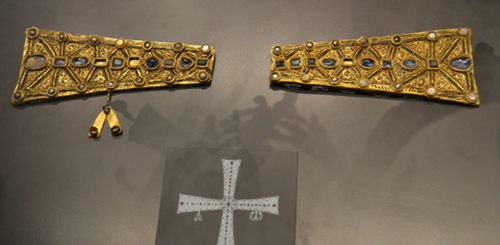
After the arrival of the Muslims from North Africa, Spain developed into Western Europe’s most multicultural society, with Muslims, Christians, and Jews trading ideas as much as they crossed swords. Many Muslim and Christian rulers were tolerant of other religions living under their rule and this created a blending of people and cultures that can still be seen today. The Spanish language is filled with Arabic loan words and you can find lots of North African and Jewish recipes in Spanish cuisine.
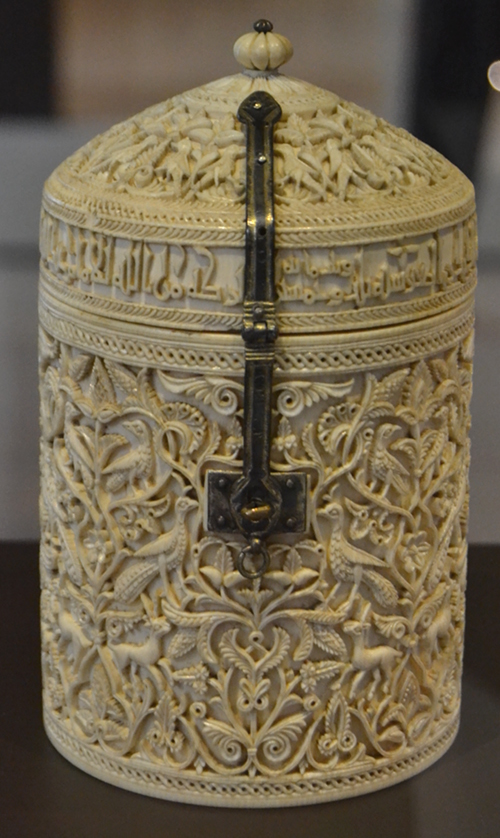
The medieval galleries take up an entire floor of the museum and allow the visitor to see Spain’s three medieval cultures develop and mingle over time. A proper visit to the Museo Arqueológico Nacional takes a full day and will keep the interest of anyone who likes art and history.
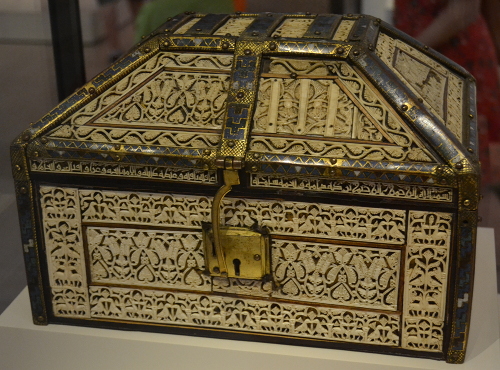
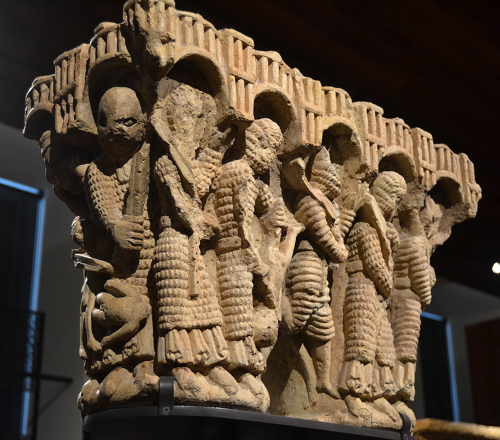
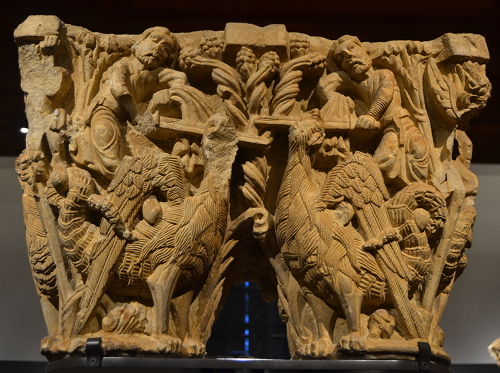
For more on medieval Spain, check out my posts on Spanish castles.
Sean McLachlan is a freelance travel and history writer. He is the author of the historical fantasy novel A Fine Likeness, set in Civil War Missouri, and the post-apocalyptic thriller Radio Hope. His historical fantasy novella The Quintessence of Absence, was published by Black Gate. Find out more about him on his blog and Amazon author’s page.
All photos copyright Sean McLachlan.
